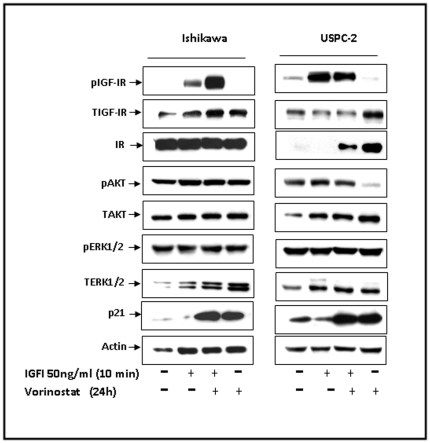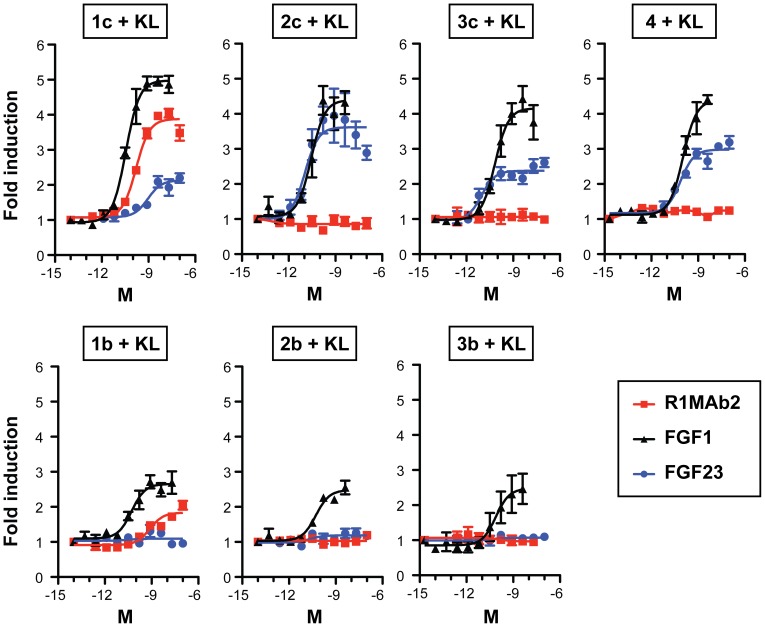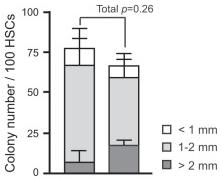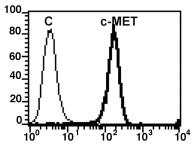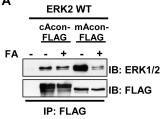Description
Accession
O95715
Source
Optimized DNA sequence encoding Human CXCL14 mature chain was expressed in ECOLI. Recombinant Human C-X-C motif chemokine 14 encodes amino acid residues 35-111.
Molecular weight
Recombinant CXCL14 migrates as an approximately 8 kDa protein under reducing conditions in SDS-PAGE.
Purity
>95%, as determined by SDS-PAGE and HPLC
Biological Activity
Determined by its ability to chemoattract activated monocytes using a concentration range of 1.0-10.0 ng/ml.
Endotoxin
Endotoxin content was assayed using a LAL gel clot method. Endotoxin level was found to be less than 0.1 ng/µg(1EU/µg).
Presentation
CXCL14 was Lyophilized from PBS, pH 7.2.
Sequence
SKCKCSRKGP KIRYSDVKKL EMKPKYPHCE EKMVIITTKS VSRYRGQEHC LHPKLQSTKR FIKWYNAWNE KRRVYEE
Reconstitution
A quick spin of the vial followed by reconstitution in distilled water to a concentration not less than 0.1 mg/mL. This solution can then be diluted into other buffers.
Storage
The lyophilized protein is stable for at least 2 years from date of receipt at -20° C. Upon reconstitution, this product can be stored in working aliquots at 2° - 8° C for one month, or at -20° C for six months, with a carrier protein without detectable loss of activity. Avoid repeated freeze/thaw cycles.
Usage
This product is for research purposes only.It may not be used for therapeutics or diagnostic purposes.
Biological Process
Molecular function
Methods
In vitro proliferation assays
- 5-Bromo-2′-deoxyuridine (BrdU) incorporation assay, was performed as previously described [5, grown to preconfluence (60%).
- After treatment, BrdU (10 mM) was added to each well and incubated for 4 h. Anti-BrdU antibody , appropriate fluorescein isothiocyanate-labeled secondary antibody were used.
- Staining was visualized using confocal microscope .
- Cell proliferation was determined by counting the number of BrdU-positive cells in eight alternative areas.
- 3-(4,5-methylthiazol-2-yl)-2,5-diphenyl-tetrazolium bromide (MTT) assay was performed as described previously [



